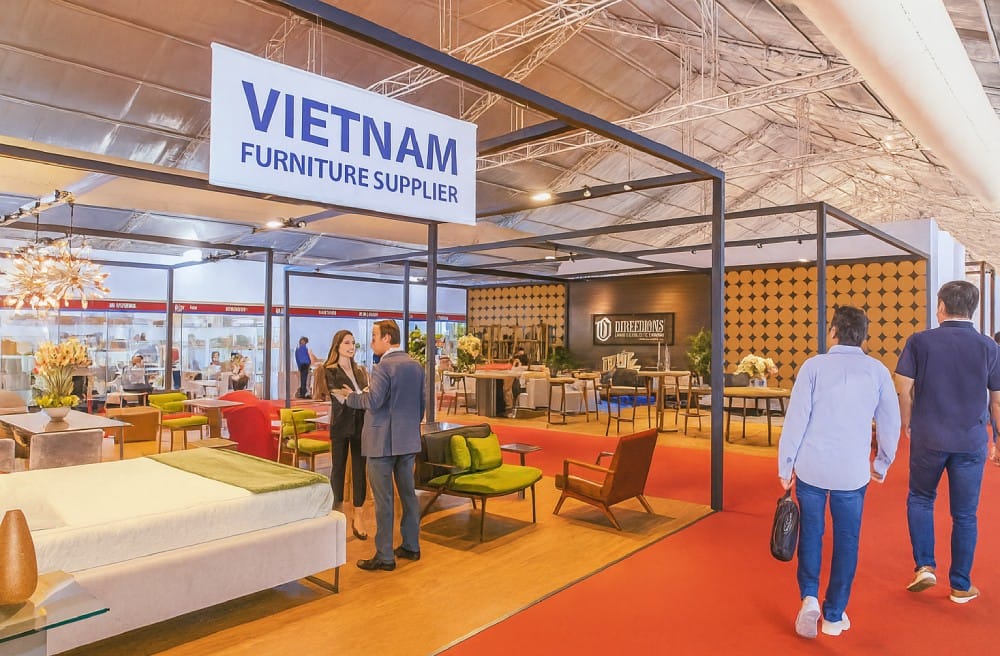Vietnam’s Furniture Industry in the Global Supply Chain
Over the past two decades, Vietnam has emerged as one of the world’s fastest-growing hubs for furniture manufacturing. With strong capabilities in mechanical engineering, woodworking, and upholstery, Vietnam’s furniture industry is no longer limited to domestic markets—it has become an essential link in the global supply chain. Today, Vietnam ranks among the top exporters of furniture worldwide, competing directly with China, Malaysia, and other regional players.
Vietnam’s Position in the Global Furniture Market
According to trade data from 2019 to the first quarter of 2025, Vietnam has consistently ranked among the world’s top five furniture exporters. The country leverages its competitive cost structure—supported by lower labor expenses and increasingly modernized production lines—to provide high-quality products at competitive prices. At the same time, Vietnamese manufacturers offer a diversified product range that meets global demand across major markets including the United States, Europe, Japan, and Australia.
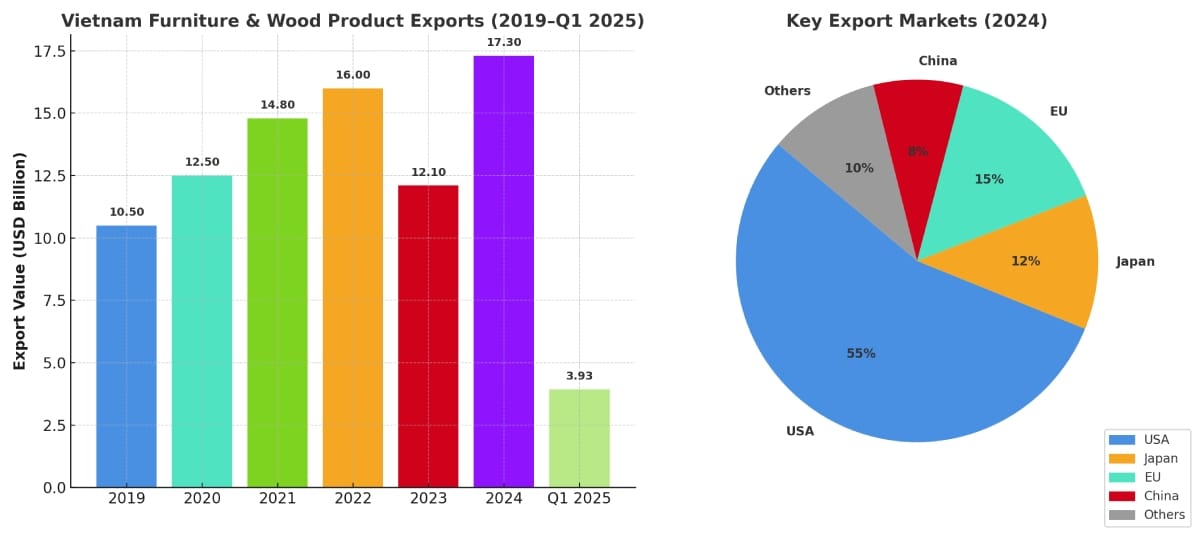
Key strengths of Vietnam’s furniture engineering sector
The strengths of Vietnam’s furniture engineering sector lie in its integrated supply chain, comprehensive services, and skilled workforce. Many factories operate with in-house steel fabrication, powder coating, plywood pressing, and upholstery workshops, ensuring both efficiency and strict quality control. In addition, Vietnamese companies provide flexible OEM services—manufacturing to client specifications—and ODM services—developing new designs tailored for global buyers—making them trusted partners for major international brands such as Wayfair, IKEA, and Amazon. Supported by a long tradition in woodworking and a growing focus on mechanical engineering, Vietnam’s workforce is capable of delivering products that meet the needs of both mass-market and high-end segments worldwide.
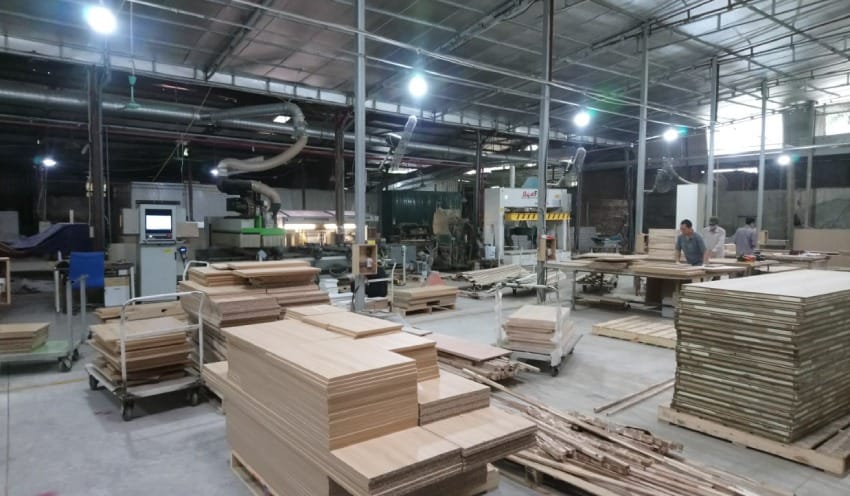
Challenges in the Global Supply Chain
Despite its rapid growth, Vietnam’s furniture industry continues to face several significant challenges. While trade tensions between the United States and China have created opportunities, Chinese manufacturers still maintain dominance through larger scale and higher levels of automation. At the same time, global events such as the COVID-19 pandemic, container shortages, and shipping delays have exposed vulnerabilities in Vietnam’s supply chain and logistics systems. Moreover, international buyers are placing greater emphasis on sustainability, demanding eco-friendly materials, recognized certifications such as FSC, ISO, and BIFMA, and greener production processes—all of which require ongoing investment and adaptation from Vietnamese manufacturers.
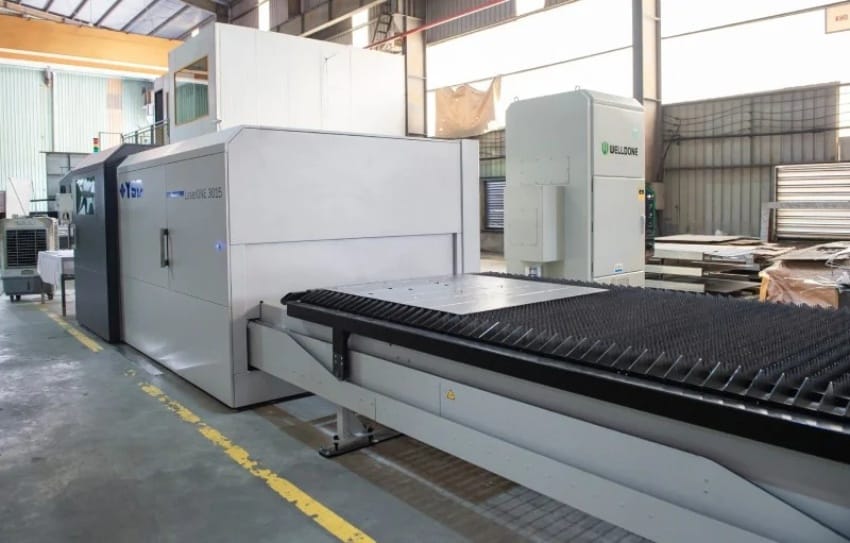
Future Opportunities for the Industry
At the same time, the adoption of automation, ERP systems, and AI-driven production planning will enhance efficiency, reduce costs, and strengthen the country’s competitiveness against larger economies. Furthermore, beyond its traditional strongholds in the United States, Europe, and Japan, Vietnam is well-positioned to expand its export reach to emerging markets in the Middle East, Africa, and South America, where demand for affordable and durable furniture continues to grow.
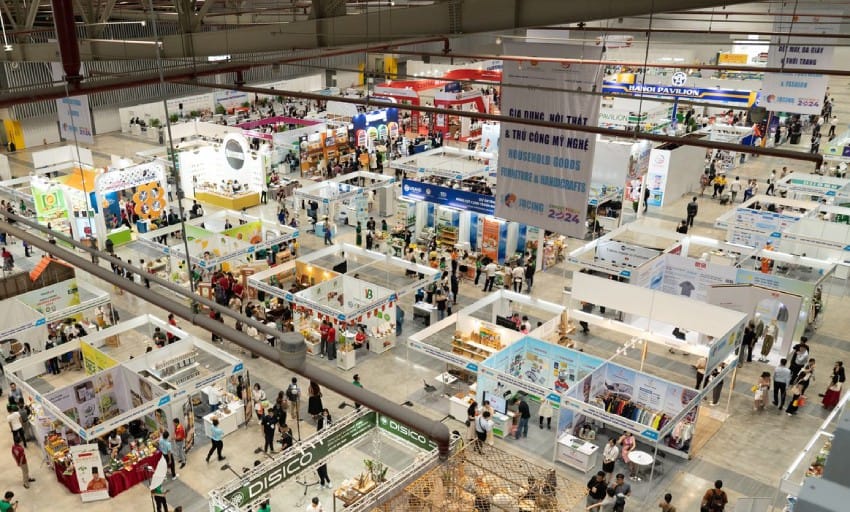
In Summary
As global buyers seek reliable partners for OEM/ODM furniture projects, Vietnam’s role will only grow stronger in shaping the future of the international furniture trade.

Get in touch with us
If you are interested in furniture design and manufacturing in Vietnam, we warmly invite you to get in touch with us using the contact details below. Our team will be happy to assist you with any inquiries. Thank you very much for taking the time to connect with us.
MINH DUC PUBLIC FURNITURE CO.,LTD

